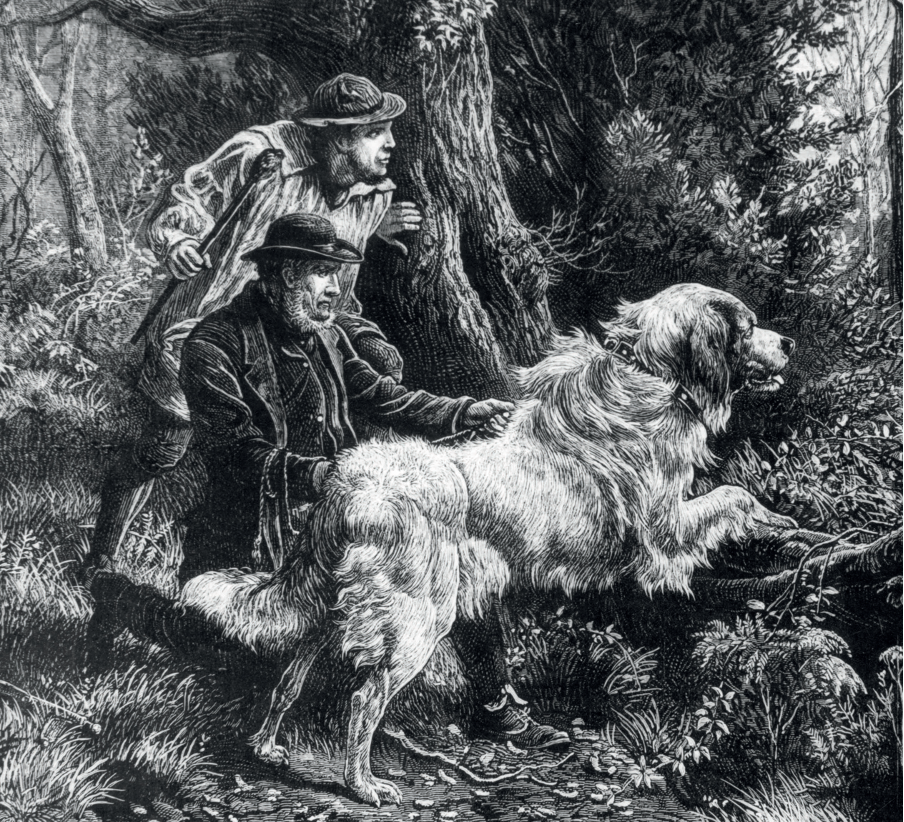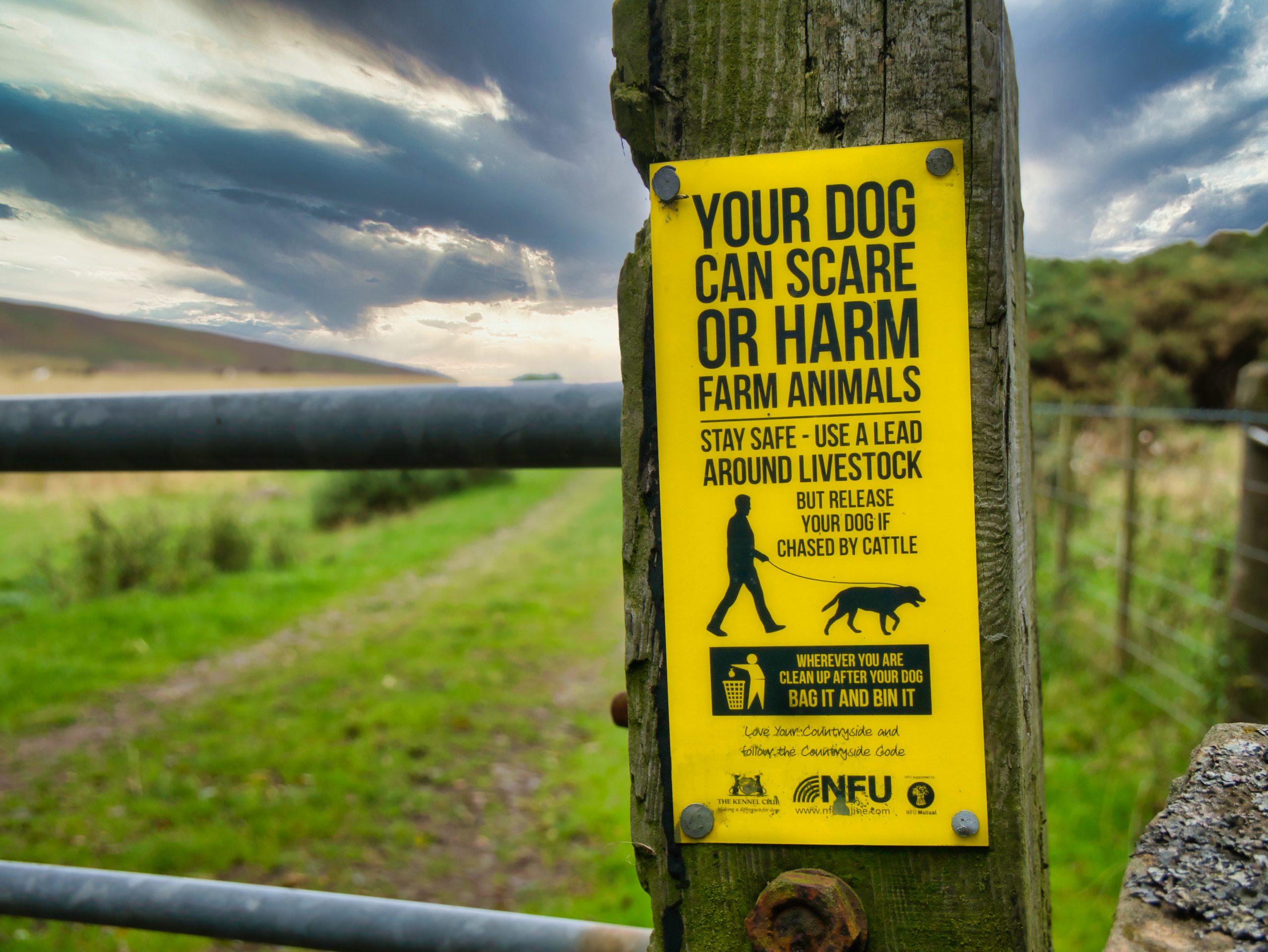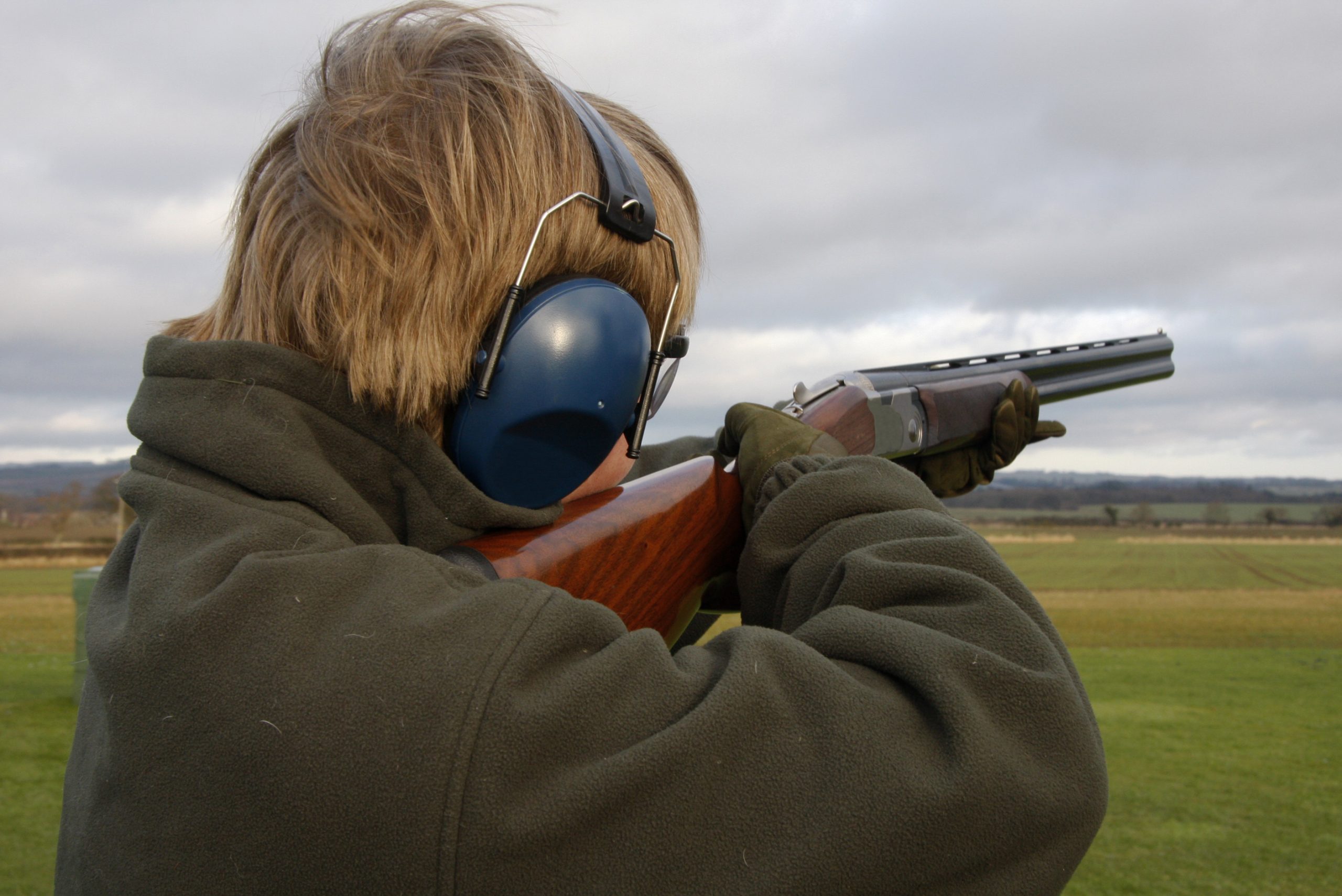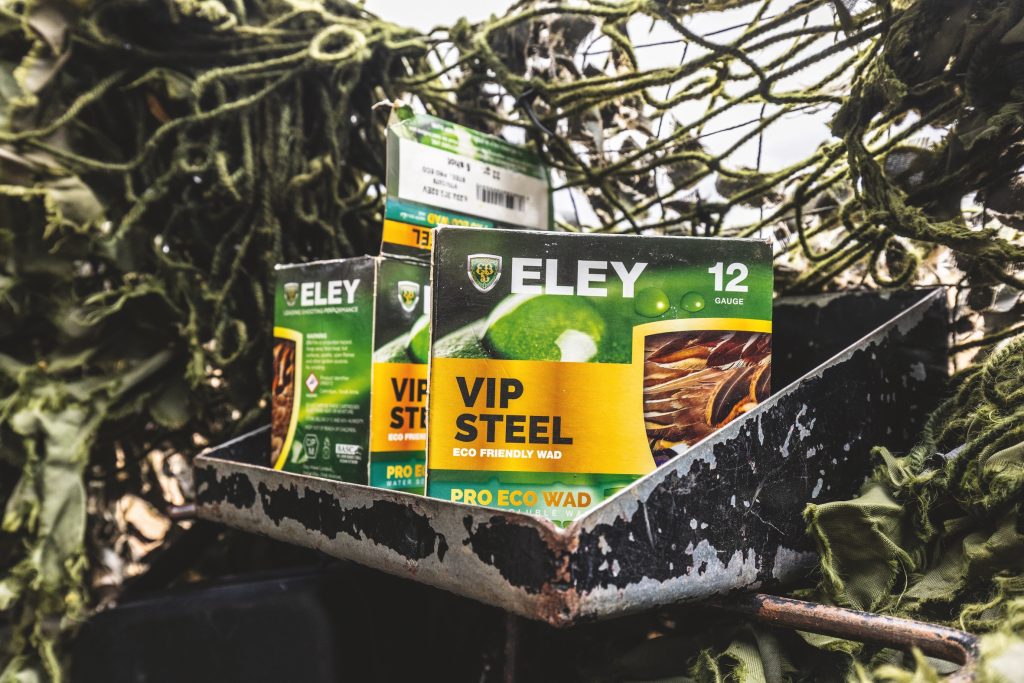Pheasants vs peasants

In years past the anti-poaching laws of an aristocracy bent on monopolising game transformed hungry people into criminals. Patrick Hook relates the history.
It isn’t that long ago that poaching was often literally a matter of life and death. Between the end of the first millennium and the start of World War I, there was a protracted struggle between those at the far ends of the social spectrum – the aristocrats at the top and the peasantry at the bottom – over who was or was not allowed to take game. At times, this more resembled open warfare than any kind of hunting. It is well documented that gangs of up to 400 people would range across estates, vastly outnumbering the keepers attempting to stop them.
Before the Norman invasion, any free-born Anglo-Saxon had the right to hunt, but after it, only the aristocracy were allowed to do so. This was codified in the forest laws, which prevented commoners from gathering wood, catching fish, and so on. Back then, the word ‘forest’ had nothing to do with the presence of trees – it simply meant somewhere that the king or his nobles had decided they wanted to hunt. At the time of the Domesday Book, there were 25 areas designated as royal forests, but this did not include the many others owned by various dukes, lords, and so on.
The penalties for encroaching on this hallowed territory depended on the severity of the crime, but taking any one of several species often resulted in heavy fines, imprisonment, or the death penalty. What complicated matters was that there were many grey areas – some people, for instance, owned land but weren’t allowed to hunt on it or cut down any trees. Things became a lot clearer when the Charter of the Forest was put into law in 1217. It gave free men (only about 10% of the population, as serfs weren’t ‘free’) the right to hunt in royal forests, and commoners were allowed to graze their livestock as well as gather firewood, fungi, and fruit, catch fish, dig clay and peat, and so on. It was considered so important that it was read to the congregation in cathedrals twice a year. Poaching was still a serious matter, though, and the penalties for being caught remained much the same.
Away from the royal forests, there were many other restrictions where hunting was concerned. In 1389, a law was passed stipulating that only “qualified persons” were allowed to take game, and since this only included the top tiers of the aristocracy, it effectively banned most of the populace. When harvests had been good and people had enough to eat, this wasn’t such a problem. But when starvation loomed, few held back from feeding their families with poached deer, rabbits, hares, or game birds.
Over the years, the losses due to poaching caused all manner of upset to the ruling elite, and many things were tried to minimize the problem. In 1603, for instance, it became illegal to sell pheasants, partridges, and hares. This didn’t stop the poaching, though. It merely made the trade go underground, and there were few citizens who didn’t supplement their larders with such fare if they could afford it. Although the Civil War of 1642-1651 saw some of the harshest laws repealed, the reverse was also true in some cases, leading to further oppression.
During the Restoration, the aristocracy was allowed to appoint gamekeepers to seize guns, dogs, and any poaching equipment they found. This just escalated the situation, and in 1723, following a number of infamous incidents when gangs fought pitched battles with keepers, the much-hated Black Act was passed. This law, which carried the death penalty, was so called because it forbade anyone to blacken their faces (to better hide in the dark). It also put a ban on traps and hunting dogs. As time passed and poaching continued, increasingly repressive laws were passed, but all that happened was that greater numbers of otherwise law-abiding citizens were turned into criminals. Some were merely fined, but others received long prison sentences, were transported to Australia, or hanged.
Those trying to protect their valuable game became ever more desperate, and man traps as well as spring guns became part of the landscape in many areas. The latter of these barbaric devices would typically be hidden near a path known to be frequented by poachers and linked to two or three tripwires. If someone walked into one, the gun would swing around on a pivot to point at them and release a shot at point-blank range. In some cases, warning signs would be posted in prominent places around the boundaries of large estates as a scare tactic, but with no traps actually being present. In others, however, innocent people – children out playing, or villagers picking fruit or collecting mushrooms – were seriously injured or killed.
In an attempt to stop this happening, Lord Suffield managed to get a bill passed in Parliament in 1827 making spring guns and man traps illegal. Few landowners took any notice, though, as can be seen by the example of a spring gun designed to use a pinfire cartridge, something that didn’t become popular in the UK until the latter half of the nineteenth century, 50 or so years after such things became illegal.
TIMELINE
-
Pre-1066: Any free-born Anglo-Saxon had the right to hunt.
-
1066: After the Norman invasion, only aristocrats were allowed to hunt game, and anyone caught poaching was likely to receive either the death sentence or some form of mutilation.
-
1217: The Charter of the Forest reduced the severity of the penalties for poaching.
-
1389: Following the Peasant’s Revolt, Richard II widened the remit so that landowners were also allowed to hunt game.
-
1603: The sale of pheasants, partridges, and hares was prohibited in an attempt to stop poaching.
-
1642-1659: During and after the Civil War, many of the forest laws were repealed.
-
1671: Charles II allowed the landed gentry from Lords of the Manor upwards to appoint their own gamekeepers to seize guns, dogs, and poaching equipment.
-
1723: The Black Act was passed after a series of blatant raids by poaching gangs. It made hunting deer, rabbits, and hares a crime punishable by death.
-
1770: The Night Poaching Act specified harsh penalties for poaching during the hours of darkness.
-
1800: Anyone caught at night with poaching equipment was classed as a “rogue and vagabond,” making them liable to being whipped, imprisoned, or impressed into the army or navy.
-
1803: Ellenborough’s Act made it a capital offense to resist lawful arrest, including by gamekeepers.
-
1816: The Night Poaching Act was extended to allow transportation to the colonies – even for taking rabbits.
-
1818: Bankes’s Act made it illegal to buy or sell game.
-
1827: Lord Suffield’s Bill made spring guns and man traps illegal, although many estate owners simply ignored it.
For more information, please see The Long Affray – The Poaching Wars in Britain, Harry Hopkins, Secker & Warburg, 1985.




